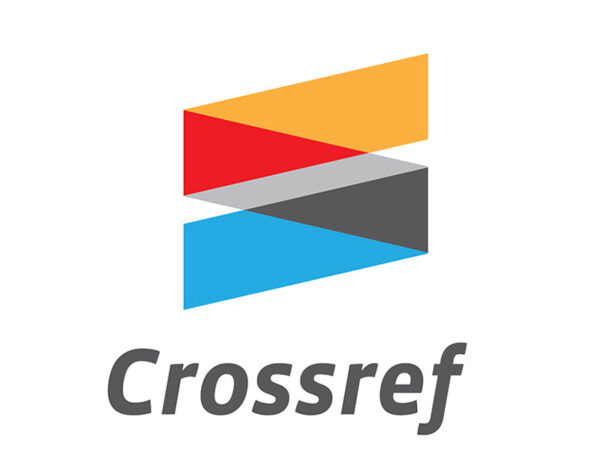Revolutionizing Urban traffic control with Artificial Intelligence: A Review
Abstract
Artificial intelligence (AI) has the potential to revolutionize traffic flow management and road safety. In this
piece of examination, we present a traffic signal framework that uses computer-based intelligence to upgrade the
progression of vehicles in metropolitan regions. A machine learning algorithm is used in our system to analyze realtime traffic conditions data and make predictions about the best routes for vehicles and how to control intersections.
We exhibit the viability of our framework through reproductions and contrast its presentation with conventional traffic
signal techniques. In light of our discoveries, the computer-based intelligence based traffic signal framework is
prepared to do essentially shortening travel times and expanding wellbeing, bringing about a more useful and
pleasurable driving experience for drivers.
References
perspective." International Journal of Computer Sciences and Engineering 6, no. 07 (2018): 2018.
[2] Sundar, Rajeshwari, Santhoshs Hebbar, and Varaprasad Golla. "Implementing intelligent traffic control system for congestion
control, ambulance clearance, and stolen vehicle detection." IEEE sensors journal 15, no. 2 (2014): 1109-1113.
[3] Shengdong, Mu, Xiong Zhengxian, and Tian Yixiang. "Intelligent traffic control system based on cloud computing and big
data mining." IEEE Transactions on Industrial Informatics 15, no. 12 (2019): 6583-6592.
[4] Ghazal, Bilal, Khaled ElKhatib, Khaled Chahine, and Mohamad Kherfan. "Smart traffic light control system." In 2016 third
international conference on electrical, electronics, computer engineering and their applications (EECEA), pp. 140-145. IEEE,
2016.
[5] Soman, Renjith, "Traffic Light Control and Violation Detection Using Image Processing," IOSR Journal of Engineering
(IOSRJEN), vol. 08, no. 4, (2018), pp. 23–27,
[6] Kanungo, Anurag, Ayush Sharma, and Chetan Singla. "Smart traffic lights switching and traffic density calculation using
video processing." In 2014 recent advances in Engineering and computational sciences (RAECS), pp. 1-6. IEEE, 2014.
[7] Wang, Yizhe, Xiaoguang Yang, Hailun Liang, and Yangdong Liu. "A review of the self-adaptive traffic signal control system
based on future traffic environment." Journal of Advanced Transportation 2018 (2018).
[8] Yang, Zhao-sheng, Xin Chen, Yang-shan Tang, and Jian-ping Sun. "Intelligent cooperation control of urban traffic networks."
In 2005 International Conference on Machine Learning and Cybernetics, vol. 3, pp. 1482-1486. IEEE, 2005.
[9] Boillot, Florence, Sophie Midenet, and Jean-Claude Pierrelee ,"The real-time urban traffic control system CRONOS:
Algorithm and experiments," Transportation Research Part C: Emerging Technologies 14.1 (2006): 18-38.
[10] Kafi, Mohamed Amine, Yacine Challal, Djamel Djenouri, Messaoud Doudou, Abdelmadjid Bouabdallah, and Nadjib Badache.
"A study of wireless sensor networks for urban traffic monitoring: applications and architectures." Procedia computer science
19 (2013): 617-626.







